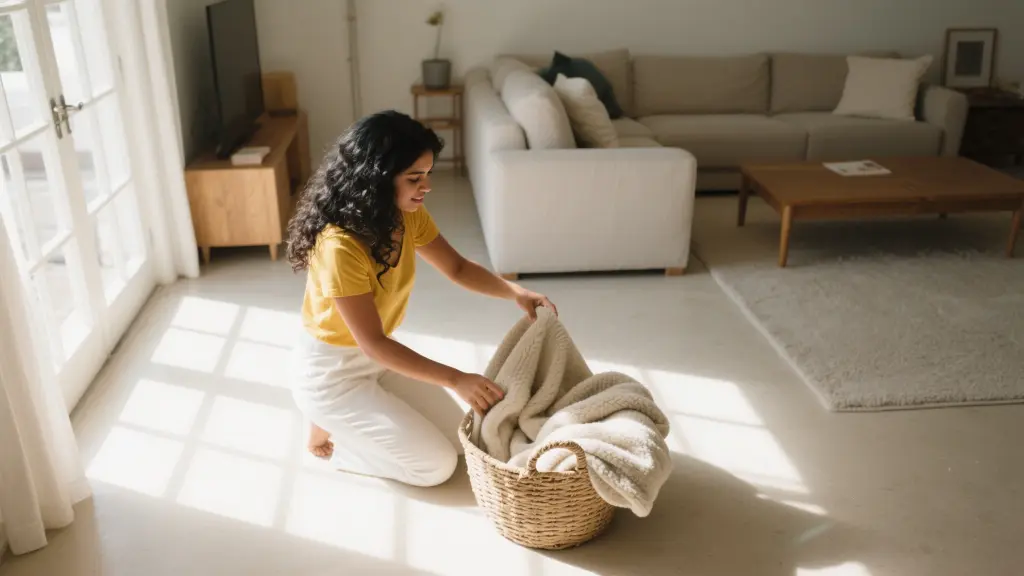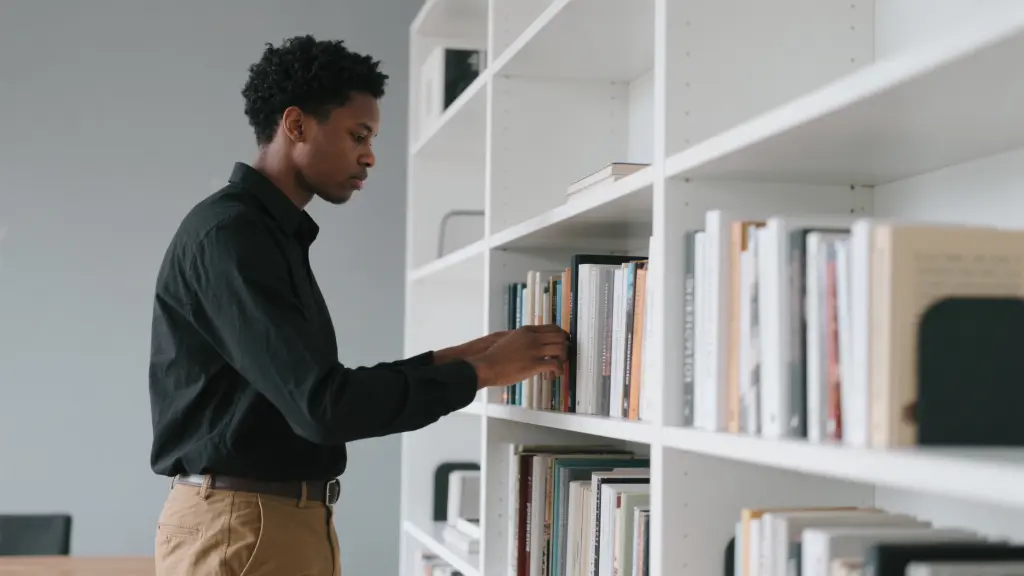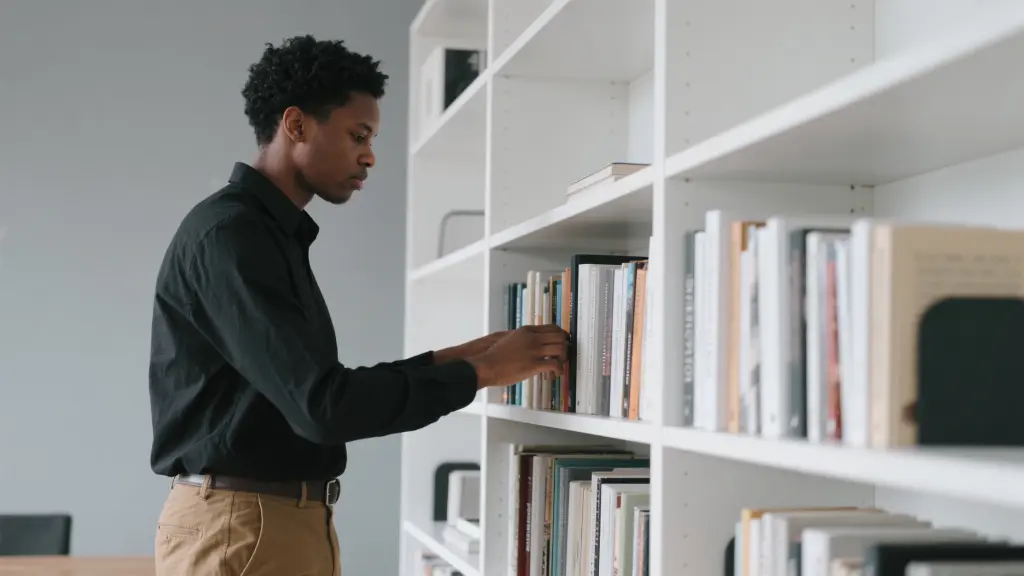Before diving into organizing, it’s essential to understand what you have and how your space functions. Take some time to assess each room in your small house. Ask yourself questions like: Which areas are cluttered? Where do you spend the most time? What items are essential, and what can be discarded or donated? By identifying your priorities, you’ll make it easier to create a functional layout.
It might help to create a floor plan, even if it’s just a simple sketch. Note heavy furniture that takes up space and see if it can be rearranged or replaced with more compact alternatives. This understanding serves as the foundation for smarter organization.
Declutter with Purpose
Decluttering is a necessary step to achieving a more organized home. Start by tackling one room or area at a time to avoid feeling overwhelmed. Use the “four-box method”:
As you go through this process, it might be beneficial to set a timer—perhaps for 30 minutes—to keep yourself focused and prevent distractions. Remember that decluttering isn’t a one-time event; it’s an ongoing process that requires consistent effort.
Storage Solutions That Work
Once you’ve decluttered, it’s time to think about smart storage solutions. In a small house, the goal is to maximize every single inch. Here are some effective strategies:

Here’s a simple table to showcase some multifunctional furniture ideas:
| Furniture Type | Function | Storage Solution | Ideal For |
|---|---|---|---|
| Ottoman | Seating/Footrest | Hidden storage for blankets or books | Living Room |
| Bed Frame | Sleeping | Drawers for clothes or linens | Bedroom |
| Coffee Table | Surface area for drinks/books | Shelves for magazines or games | Living Room |
Create a Functional Layout
After sorting and decluttering, focus on creating a layout that works for your daily life. Think about how you move through your space and ensure that pathways are clear and easy to navigate. Position frequently used items within reach and make use of labels on storage containers to help everyone in your household quickly identify where things belong.
It can also be beneficial to have a designated spot for everything. Whether it’s hooks for bags, trays for keys, or a shelf for mail, having a specific place reduces clutter and creates a harmonious living environment. Little changes can make a big difference!
Maintain Your Organized Space
Once your small house is organized, the key to sustainability is maintenance. Schedule regular check-ins to assess your space. It could be weekly, monthly, or seasonally, depending on your household’s needs. Encouraging the entire family to participate in the upkeep can foster a culture of organization and make the process less daunting.
Develop routines that include tidying up before going to bed or sound management practices that keep clutter at bay. Remember that staying organized is not about perfection, but about creating a space that serves you well.

Start by taking a good, honest look at your space. Walk through each room and pinpoint the areas that are feeling a bit overwhelmed with stuff. This is where the mess tends to pile up, whether it’s on surfaces, in closets, or in those hidden corners that we often ignore. As you assess your home, think about what you truly need versus what you can let go of. It can be tough to part with items, but identifying what is essential will make the whole organizing process much simpler. Look for items that you haven’t used in a while, or that hold no sentimental value, and consider putting them in a donation box or throwing them away.
Once you have a handle on what’s in your home, sketching out a basic floor plan can truly be a game-changer. It doesn’t need to be fancy; even a rough drawing can help you picture where your furniture will go. Think about the flow of the room and how you move through the space. Are there heavy pieces of furniture that can be rearranged for better access? Having a visual representation will assist in deciding how to use your space most effectively. This early groundwork sets the stage for a well-organized and functional home, allowing you to make decisions about what stays, what goes, and how everything should be laid out.
What are the first steps to organizing a small house?
The first steps include assessing your space and identifying cluttered areas. Determine which items are essential and which can be discarded or donated. Creating a simple floor plan can also help you visualize how to arrange your furniture effectively.
How do I maintain an organized space after finishing?
To maintain an organized space, schedule regular check-ins to assess your home. Encourage household members to develop routines for tidying up, such as putting items back in their designated places after use. This ongoing effort helps keep clutter from accumulating.
What are some effective storage solutions for small spaces?
Effective storage solutions for small spaces include using vertical space with shelves and hooks, utilizing under-furniture storage like bins under beds or couches, and opting for multifunctional furniture such as ottomans or coffee tables that offer hidden storage.
How can I declutter efficiently?
To declutter efficiently, use the “four-box method,” which involves categorizing items into boxes labeled ‘Keep,’ ‘Donate,’ ‘Throw Away,’ and ‘Relocate.’ Focus on one area at a time and set a timer to maintain motivation. Regular decluttering helps keep your home organized.
Is it necessary to hire a professional organizer?
Hiring a professional organizer is not necessary but can be beneficial if you feel overwhelmed. They can provide expertise and guidance tailored to your specific needs. However, many people successfully organize their spaces on their own by following effective strategies and routines.
